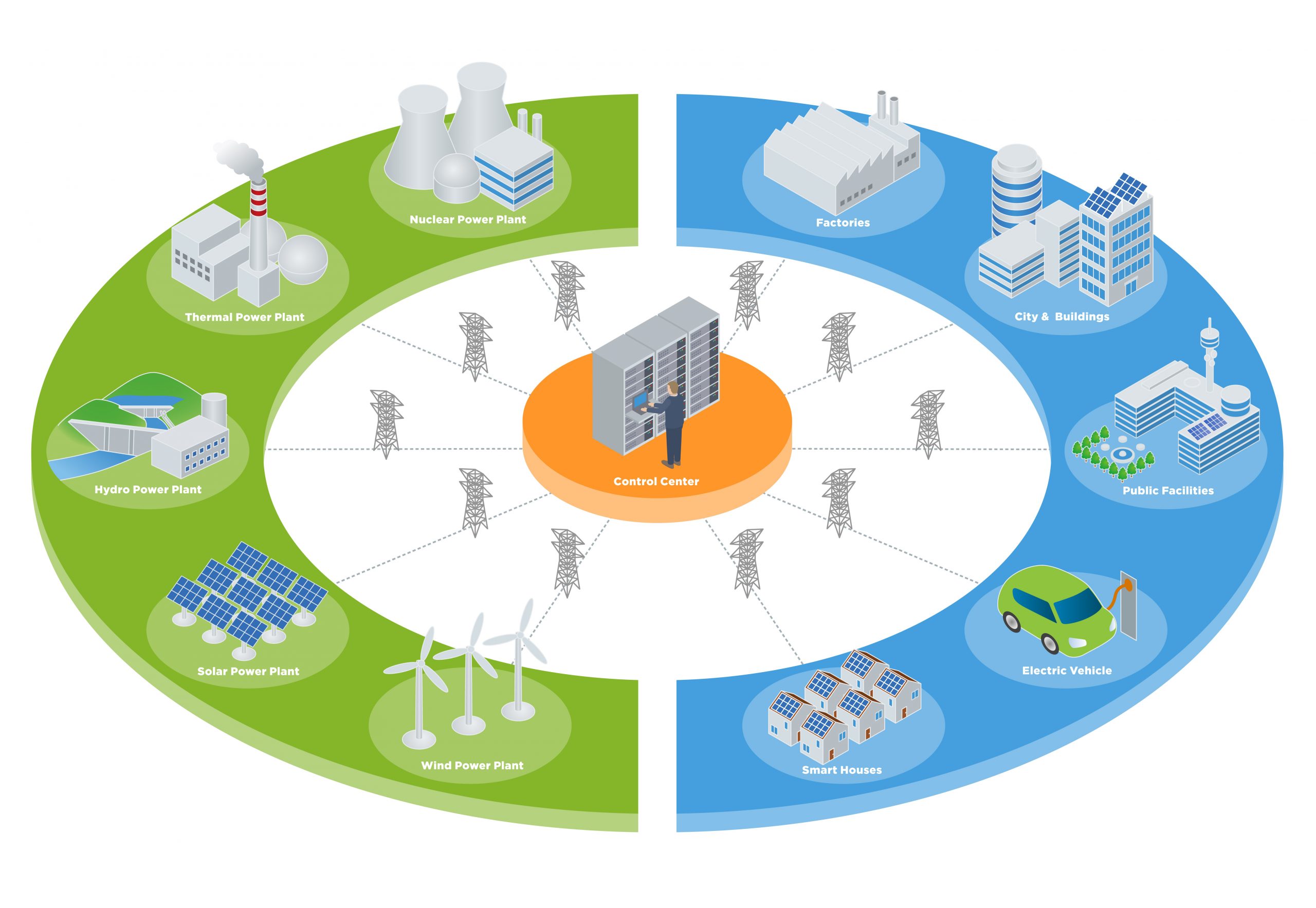NARUC, NASEO release two reports on financing for states seeking microgrids

A pair of new reports released by the National Association of Regulatory Utility Commissioners (NARUC) and the National Association of State Energy Officials (NASEO) this week showcase financing options for states interested in deploying microgrids.
One report — “User Objectives and Design Approaches for Microgrids” — explores the motivations of private and public sector customers choosing to install microgrids. Such motivations often include boosting reliability, decreasing electricity costs, integrating clean energy, or providing power for remote or island communities.
“State Public Utility Commissions and State Energy Offices play critical roles in establishing regulatory and policy structures that can advance microgrid development in support of customer and system needs,” Greg White, NARUC Executive Director, said. “This report shines a light on microgrid customers’ decision-making processes and identifies areas in which state regulators and policymakers can help address common challenges.”
An accompanying paper, “Private, State, and Federal Funding and Financing Options to Enable Resilient, Affordable, and Clean Microgrids,” addresses options for those looking to fund and finance microgrid development, a process that often faces significant upfront costs. The paper admits challenges for those pursuing microgrids, especially considering the currently unclear valuation of benefits, but argues that various value streams can outweigh the financial risk.
“This report highlights the growing number of innovative policies and financing products that can help states in working with prospective public and private sector customers invest in microgrids,” David Terry, NASEO Executive Director, said. “NASEO is eager to help states understand the public-private partnerships and policy strategies to break down barriers, by addressing upfront costs, offering more attractive value streams for payback, and providing new risk mitigation structures.”
